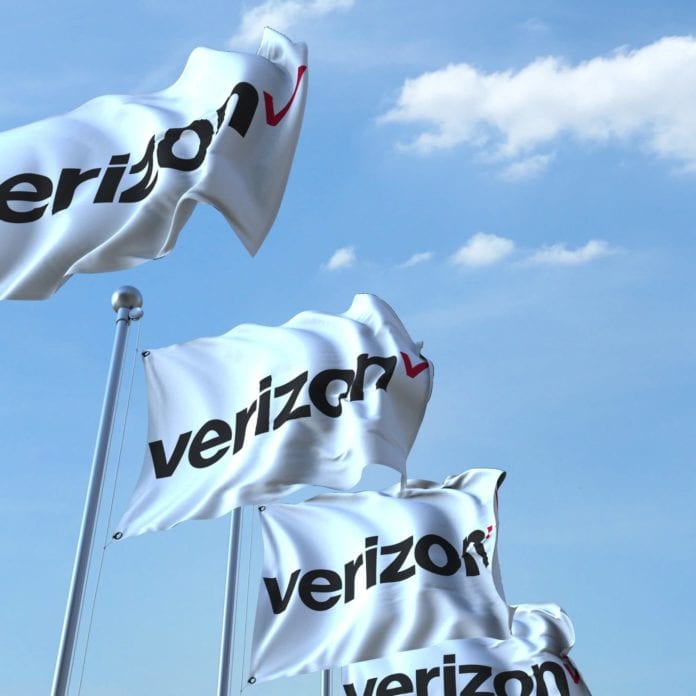Verizon sees four key elements of 5G: Fber, spectrum, sites and software
Speaking with analyst Craig Moffett during the recent MoffetNathanson Media and Communications Summit, Verizon EVP, CTO and President of Global Networks Hans Vestberg discussed the right balance between costly spectrum acquisition and investing in network densification programs in an era of unlimited LTE data and race to commercialize 5G services.
Vestberg, the former CEO of telecom infrastructure vendor Ericsson, said an operators has to evaluate its assets and “sit down and say, ‘Should I buy some spectrum? Or should I continue with densification?’ About three, four years ago, carrier aggregation did not exist…Today you can do carrier aggregation up to maybe six different frequencies. It is an enormous capacity improvement. So when you sit and think about, ‘Should I do carrier aggregation on five bands? Or should I buy spectrum?’ that becomes an economic model.”
In addition to aggregation of licensed frequencies, Verizon has plans to for nationwide deployment of Licensed Assisted Access, which allows aggregation of licensed frequencies with unlicensed 5 GHz spectrum. The end result is better network performance without an investment in additional licensed spectrum.
Vestberg said Verizon has deployed “roughly” half of its mid-band spectrum. “We are sitting on our spectrum–115, 116 megahertz–on what we today call mid-band. And we have over 1,000 megahertz on millimeter wave.” To meet the capacity and coverage needs of 5G, operators are coalescing globally around a three-tier approach that uses spectrum in the low-, mid- and high-bands. “we already decided a couple of years ago that densification was more economical than, in some cases, buying spectrum. So, of course, we’re densified.”
In addition to densification efforts and carrier aggregation techniques and LAA, Vestberg also called out 256 QAM as enabling increases in network performance and spectral efficiency. On the way to 5G, which Verizon will launch as a fixed wireless service later this year, he laid our four primary components: fiber, spectrum, real estate and software.
“Already years ago, we were driving fiber to all our sites. When I think about 5G, even fiber is a crucial element for it. I think spectrum is also. If you want to have the real 5G use cases, you need millimeter wave. You need also central offices because, ultimately, you’re going to have thousands of small data centers that can do things. And finally, you also need to have been virtualizing the network.” In terms of Verizon’s readiness around those components, “I think we’re sitting on all four of them.”

